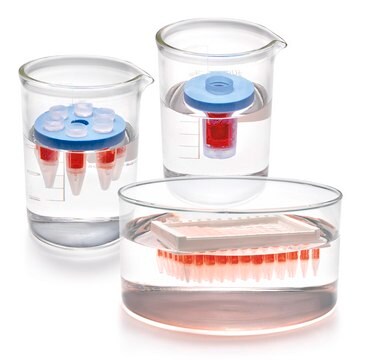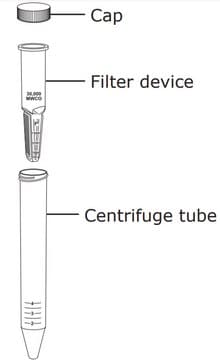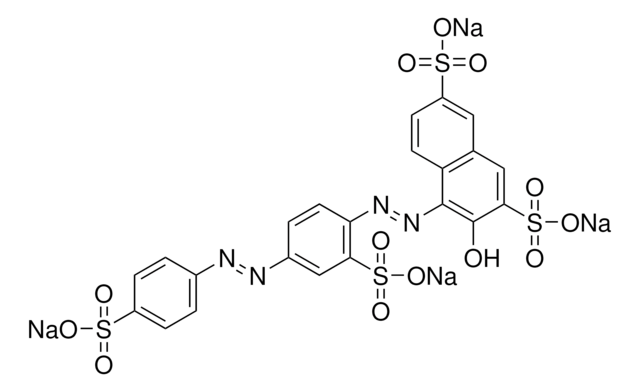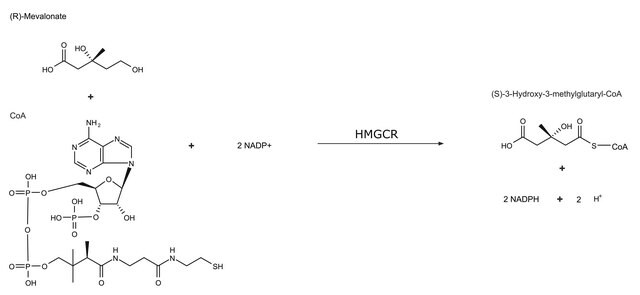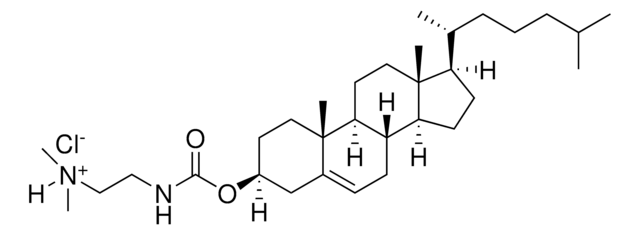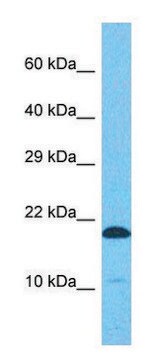ABS1064-I
Anti-Hypusine
Sinonimo/i:
N -4-amino-2-hydroxybutyl(lysine)
About This Item
Prodotti consigliati
Origine biologica
rabbit
Forma dell’anticorpo
serum
Tipo di anticorpo
primary antibodies
Clone
polyclonal
PM
observed mol wt ~45 kDa (Uncharacterized bands may be observed in some lysate(s).)
Reattività contro le specie
human
Reattività contro le specie (prevista in base all’omologia)
mammals
Isotipo
IgG
Condizioni di spedizione
ambient
Temperatura di conservazione
−20°C
modifica post-traduzionali bersaglio
unmodified
Informazioni sul gene
human ... DOHH(83475)
Specificità
Immunogeno
Descrizione del bersaglio
Stato fisico
Ricostituzione
Stoccaggio e stabilità
Esclusione di responsabilità
Non trovi il prodotto giusto?
Prova il nostro Motore di ricerca dei prodotti.
Certificati d'analisi (COA)
Cerca il Certificati d'analisi (COA) digitando il numero di lotto/batch corrispondente. I numeri di lotto o di batch sono stampati sull'etichetta dei prodotti dopo la parola ‘Lotto’ o ‘Batch’.
Possiedi già questo prodotto?
I documenti relativi ai prodotti acquistati recentemente sono disponibili nell’Archivio dei documenti.
Il team dei nostri ricercatori vanta grande esperienza in tutte le aree della ricerca quali Life Science, scienza dei materiali, sintesi chimica, cromatografia, discipline analitiche, ecc..
Contatta l'Assistenza Tecnica.